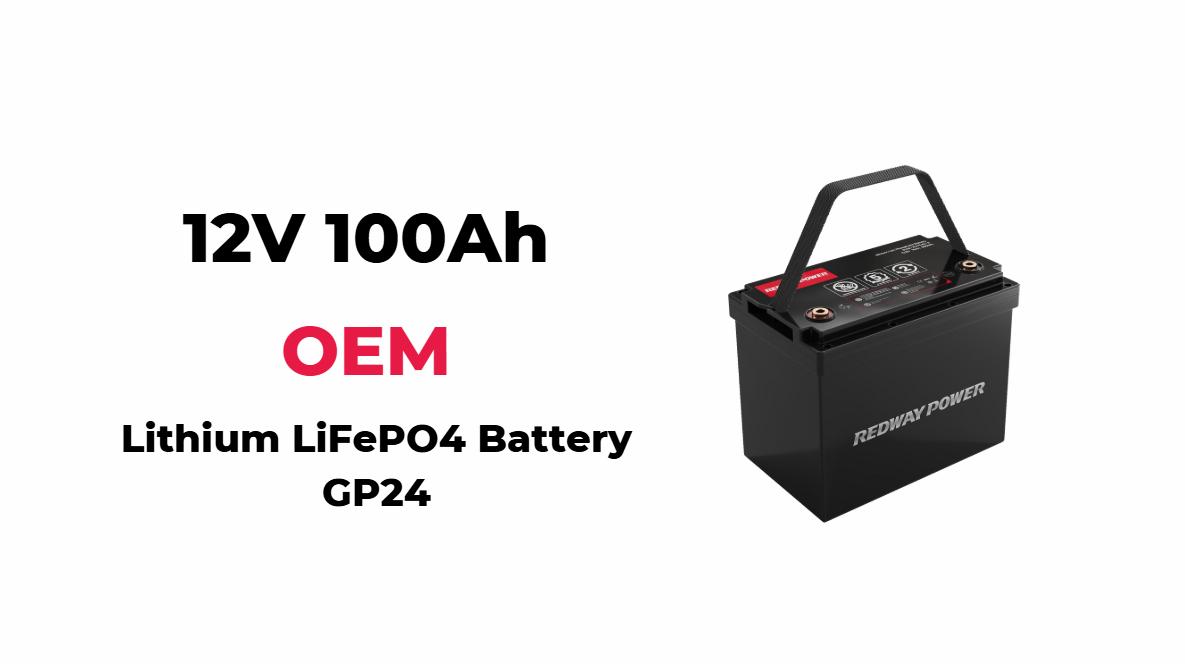
Understanding Technical Specifications and Charts for LiFePO4 Batteries
LiFePO4 batteries, known for their stability and long lifespan, have specific voltage characteristics and capacities that are essential for various applications. From the 12V 60Ah mini battery to the 24V 200Ah configurations, understanding these specifications helps users optimize performance. This article explores the voltage curves, current ratings, and applications of different LiFePO4 battery sizes.
How Do LiFePO4 Battery Voltage Curves Work?
The voltage curve of a LiFePO4 battery illustrates the relationship between the state of charge (SOC) and voltage. As the battery charges, the voltage increases until it reaches a plateau near its maximum voltage. Conversely, during discharge, the voltage gradually decreases. Understanding this curve is critical for monitoring battery health and performance.Chart: LiFePO4 Voltage Curve and State of Charge
| State of Charge (%) | Voltage Range (V) |
|---|---|
| 100% | 3.60 – 3.65 |
| 90% | 3.50 – 3.55 |
| 80% | 3.45 – 3.50 |
| 70% | 3.40 – 3.45 |
| 60% | 3.35 – 3.40 |
| 50% | 3.30 – 3.35 |
| 40% | 3.25 – 3.30 |
| 30% | 3.20 – 3.25 |
| 20% | 3.10 – 3.20 |
| 10% | 2.90 – 3.00 |
| 0% | 2.00 – 2.50 |
What Are the Specifications of a 12V 60Ah LiFePO4 Battery?
A 12V 60Ah LiFePO4 battery typically has a nominal voltage of 12.8V, a maximum charge voltage of about 14.6V, and a minimum discharge voltage around 10.0V. It offers approximately 768 watt-hours of energy storage, making it suitable for applications like RVs, solar systems, and backup power. The 12V 60Ah LiFePO4 battery is compact yet powerful, making it suitable for various applications such as solar energy systems and backup power solutions:
- Nominal Voltage: Approximately 12V
- Capacity: Provides up to 60Ah of power
- Weight: Generally lighter than equivalent lead-acid batteries
- Cycle Life: Can last over 2,000 cycles at optimal usage conditions
Chart: Specifications of a 12V 60Ah LiFePO4 Battery
| Specification | Value |
|---|---|
| Nominal Voltage | Approximately 12V |
| Capacity | Up to 60Ah |
| Weight | About 15-20 lbs |
| Cycle Life | Up to 2,000 cycles |
How Does a LiFePO4 Battery with a Capacity of 24V and 200Ah Perform?
A 24V 200Ah LiFePO4 battery provides a capacity of approximately 4,800 watt-hours, supporting high power demands efficiently. It delivers stable voltage throughout its discharge cycle, making it ideal for applications like off-grid solar systems and electric vehicles, where reliable performance is essential. A 24V LiFePO4 battery with a capacity of 200Ah is designed for applications requiring significant power storage:
- Nominal Voltage: Typically around 24V
- Capacity: Offers substantial energy storage for demanding applications
- Use Cases: Commonly used in larger solar setups, electric vehicles, and industrial applications
Chart: Performance Characteristics of a 24V LiFePO4 Battery
| Specification | Value |
|---|---|
| Nominal Voltage | Approximately 24V |
| Capacity | Up to 200Ah |
| Cycle Life | Up to approximately 5,000 cycles |
| Applications | Solar systems, EVs |
What Is the Role of SOK Rack Mount Batteries for LiFePO4?
SOK rack mount batteries for LiFePO4 are designed for easy integration into standard server racks, providing scalable energy storage solutions. They offer high energy density and modular configurations, making them ideal for data centers and renewable energy systems that require efficient space utilization and reliable power supply. SOK rack mount batteries are designed to fit standard server racks, providing efficient energy storage solutions:
- Configuration: Typically available in various voltages (e.g., 48V) and capacities (e.g., up to several hundred Ah)
- Space Efficiency: Optimizes space in data centers or renewable energy installations
- Integration: Easily integrates with existing systems for seamless operation
How Do Current Ratings Vary for Different Sizes of LiFePO4 Batteries?
Current ratings for LiFePO4 batteries vary based on their size and capacity. Larger batteries typically support higher discharge rates due to increased internal surface area, allowing them to deliver more current without overheating. Smaller batteries may have lower current ratings, making them suitable for less demanding applications. Current ratings for LiFePO4 batteries vary based on their size and intended use:
- Small Batteries (e.g., <20Ah): Typically rated at lower currents suitable for portable devices.
- Medium Batteries (e.g., ~60Ah): Can handle moderate currents for RVs or backup systems.
- Large Batteries (e.g., >100Ah): Designed for high currents needed in solar installations or electric vehicles.
Chart: Current Ratings by Battery Size
| Battery Size (Ah) | Typical Current Rating (A) |
|---|---|
| <20Ah | Up to ~10A |
| ~60Ah | Up to ~30A |
| >100Ah | Up to ~100A or more |
Expert Views
Understanding the technical specifications of LiFePO4 batteries is crucial for optimizing their use across various applications,” states an expert in energy storage solutions. “From solar power systems to electric vehicles, selecting the right battery size and configuration can significantly impact performance.”
Frequently Asked Questions
- What is the nominal voltage of a typical LiFePO4 cell?
The nominal voltage of a typical LiFePO4 cell is approximately 3.2 volts. - How long can a standard LiFePO4 battery last?
A standard LiFePO4 battery can last between approximately 2,000 to over 5,000 cycles depending on usage. - Can I use a regular charger for my LiFePO4 batteries?
It is recommended to use chargers specifically designed for LiFePO4 chemistry to ensure safe charging. - What are the benefits of using rack-mounted batteries?
Rack-mounted batteries provide space efficiency, modular design, and ease of integration into existing systems. - How do I determine the right capacity for my application?
Assess your energy needs based on wattage requirements and how long you need power without recharging.
